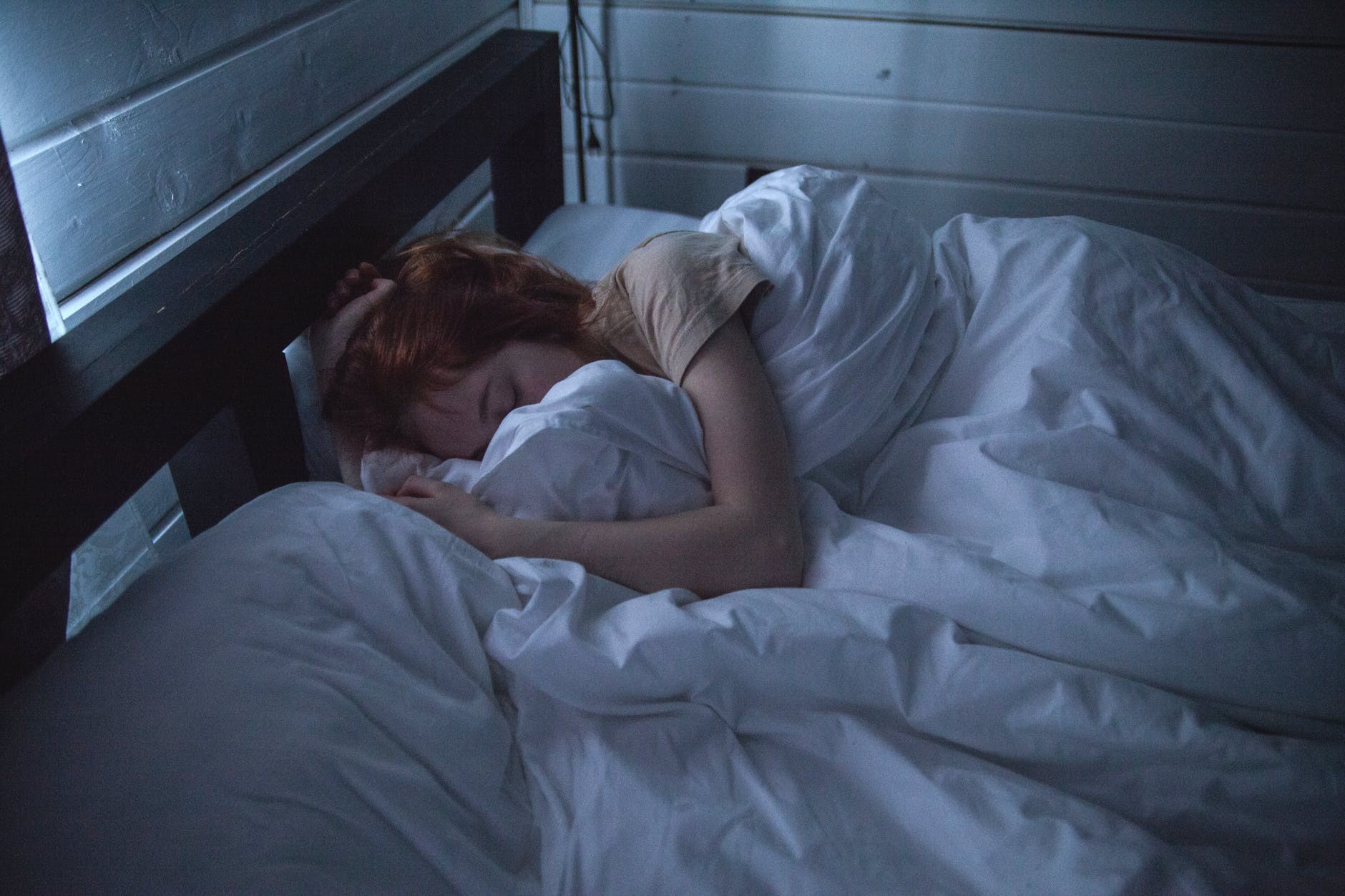A new law could make teens better students — with sleep
Momentum grows for sleep-more, learn-later school policies around the United States, with California as the pilot
Rebecca Sohn • December 16, 2019

Mounting evidence suggests it might be best to let teens sleep in. [Source: Ivan Oboleninov ǀ Public Domain]
In October, the governor of California signed a new bill into law that will push back daily start times for the state’s nearly three million public middle and high school students. The new law — the first state-wide bill of its kind — reflects growing discussion among doctors, researchers and school administrators about how to address the problem of sleep deprivation among teenagers.
Sleep deprivation is a widespread across the United States, particularly among high schoolers. Although sleep experts agree that adolescents need eight to ten hours of sleep per night, about 70% of high schoolers get less than eight hours nightly, and about 40% of students get less than six, according to a CDC analysis of data collected in 2015. Although the mechanism and benefits of sleep are still not fully understood, missing sleep may translate into poorer grades and worse overall health because of sleep’s role in memory consolidation, as well as its impact on the immune system, research suggests.
“Sleep kind of gets squeezed out of their day,” says Mary Carskaden, a behavioral scientist at Brown University, referring to teenage students. “We think that this is a public health concern.”
Many school officials have raised objections about the logistics of changing start times or the impact on parents, for example, on their work commutes. But the successes of some U.S. school districts that have made the switch suggest that these hurdles can be overcome. And that should translate into more learning, better grades and ultimately more success in life, research suggests.
Some of the first clues that teens aren’t getting enough sleep came three decades ago. Carskadon, a leading researcher of adolescent sleep patterns, says that her research, starting in the 1980s, shows that teenagers are biologically inclined to go to sleep later at night.
As they sleep, teens also seem to build up what Carskadon calls “sleep pressure” more slowly than adults or younger children. Like physical pressure, this regulatory force builds up as a person sleeps, helping them both fall and stay asleep. Consequently, adolescents seem more likely to struggle with both of these aspects of sleep. These biological factors mean that students can’t compensate for early school start-times simply by going to bed earlier.
In 2014, researchers at the University of Minnesota’s Center for Applied Research and Educational Improvement published a study that involved eight high schools and more than 9,000 students. These eight high schools each pushed start times back anywhere from 30 minutes to over an hour, causing the school day to start between 8 and 9 a.m. rather than between 7 and 8 a.m.
Researchers found that more students slept over 8 hours when the school day started later, with the school with the latest start (8:55 a.m.) having almost 70% of students sleeping this recommended amount of time. Students’ grades also tended to improve – students in seven out of eight of the schools had a significant increase in GPA during the year of the change. In one district, there was even a 70% reduction in student car crashes. Notably, this occurred in the district with the late 8:55 a.m. start time.
The results of this study, which was funded largely by a grant from the U.S. Centers for Disease Control and Prevention (CDC), were clear enough that in 2014, the American Academy of Pediatrics officially recommend that middle and high schools start school after 8:30 a.m., and in 2015, the CDC issued the same recommendation.
Kyla Wahlstrom, an educational policy researcher and the report’s lead author, says that school administrators from every U.S. state have talked to her about changing start times in their districts. However, these changes were always made on the district level.
The new California law is different – it takes effect on the state level, mandating that nearly all public high schools in California must start after 8:30 a.m., while public middle schools must start after 8:00 a.m. Schools have three years to make the transition. After years of research and advocacy, many educators, doctors, and researchers regard the bill as a public health victory.
“Not a single health organization opposed the bill,” says Rafael Pelayo, a sleep medicine doctor at Stanford University who has advocated for the law since its proposal in 2017. The bill garnered support from not only the American Academy of Pediatrics, but also the CDC, the California Medical Association and the California Psychiatric Association.
The later-start approach still has detractors. Many school administrators argue that these new policies would affect morning activities such as bus schedules, childcare, and free school breakfast and lunch services for students.
“We’ve now affected our families,” says Debra Folk, a school administrator in Akron, Ohio. A law similar to California’s was recently proposed in Ohio, but Folk doubts whether such a policy would work in her district. Although she is “well aware of the research” on adolescent sleep, she says that attempting to change start-times would be “a very complicated puzzle.”
Nevertheless, experts say the adjustments will be worth it. In socioeconomically disadvantaged school districts in Seattle, for example, where oversleeping and missing the bus could mean a day-long absence, delaying school start times may increase attendance. It may even increase graduation rates, Wahlstrom says. Given all of this, she says, changing school start times would have an obvious positive impact on students. As for what should be done to make this change, she has a clear answer.
“I think the California legislation has pretty much hit it on the nose,” she says.